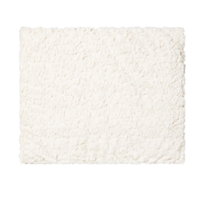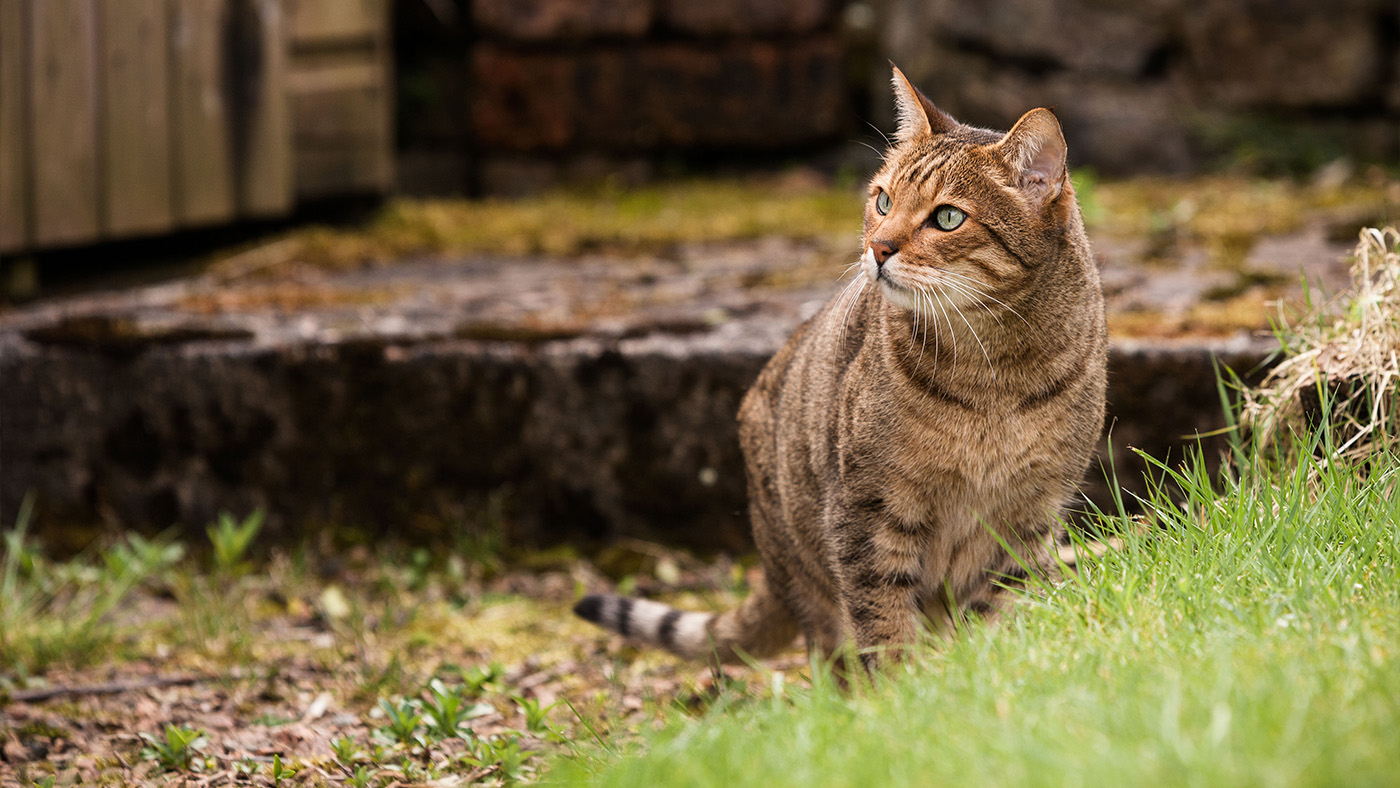Can a cat laugh and smile? Our vet reveals the signs your cat is feeling happy
We asked an expert, 'Can a cat laugh?' Here's what they had to say
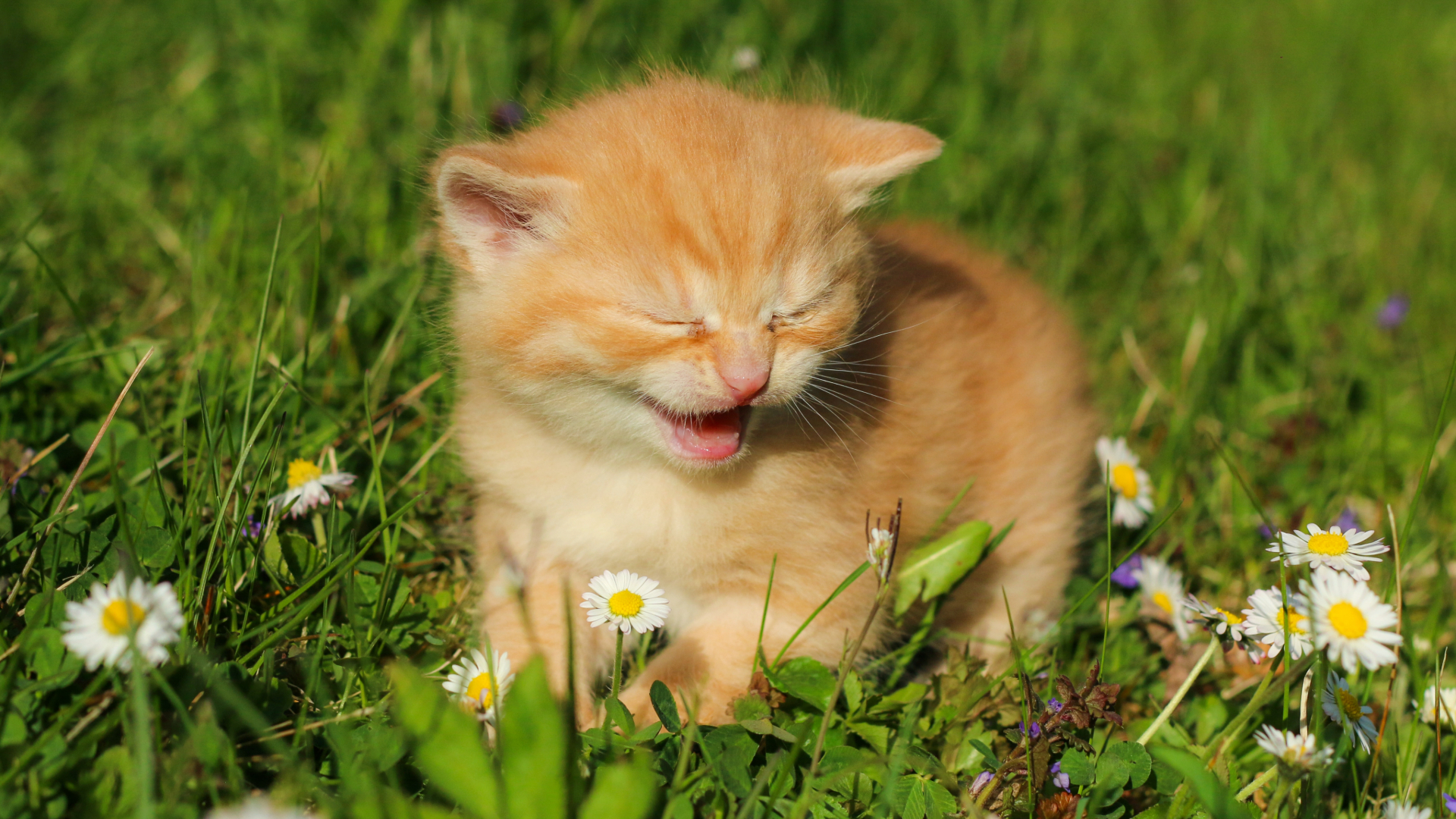
Can a cat laugh? While it might not be the answer you were hoping for, there's no evidence to suggest that cats can giggle like us.
Even though you can't make your cat laugh (yes, not even if you tickle them!), there are plenty of other ways to tell if your cat is feeling happy or not. By providing them with the correct care and love – like regular play with the best cat toys, a complete diet, and a cozy place to snooze – you can ensure your kitty stays content.
Below, our in-house vet, Dr. Rebecca MacMillan, has explained why cats can't laugh, whether they can smile, plus the five signs of a happy cat. Let's dive in!
Can a cat laugh?
From slow blinking to kneading, there are lots of ways to determine if your cat is happy – but laughing isn't one of them! So, if you were hoping to share some of the funniest cat jokes to make them chuckle, this sadly won't be possible.
Dr. MacMillan says: "When people laugh, they do so loudly and clearly, which sets us apart from most animals. However, some species are thought to make play vocalizations akin to laughter. These indicate that they are having a positive experience, but these are often much quieter and less distinct than a human laugh.
"Scientists have identified 65 species of animal thought to make these noises when interacting with others of the same species, many of which are primates making panting, lip-smacking, and chuckling noises. There is no evidence that domestic cats laugh, but they can show they feel happy in other ways."
American Journey Chicken Flavor Grain-Free Soft & Chewy Cat Treats | Chewy
Nothing makes a cat happier than the best cat treats – and these chewy bites are highly recommended by our tester Rashmi, whose cat adores them. With protein as the first ingredient, and no artificial flavors, colors, or preservatives, they're both healthy and delicious.
Can cats smile?
Cats don't smile in the same way that we do, but you can definitely figure out how they're feeling by reading their facial expressions.
PetsRadar Newsletter
Get the best advice, tips and top tech for your beloved Pets
It might not be as obvious as a human grin, but if you notice their mouth is closed and slightly upturned with relaxed facial muscles, it's usually a good sign, says Dr. MacMillan.
She adds: "This is usually accompanied by narrowed, slow-blinking eyes. While it is not a classic smile as we know it, this sort of expression could indicate your cat is feeling happy and content."
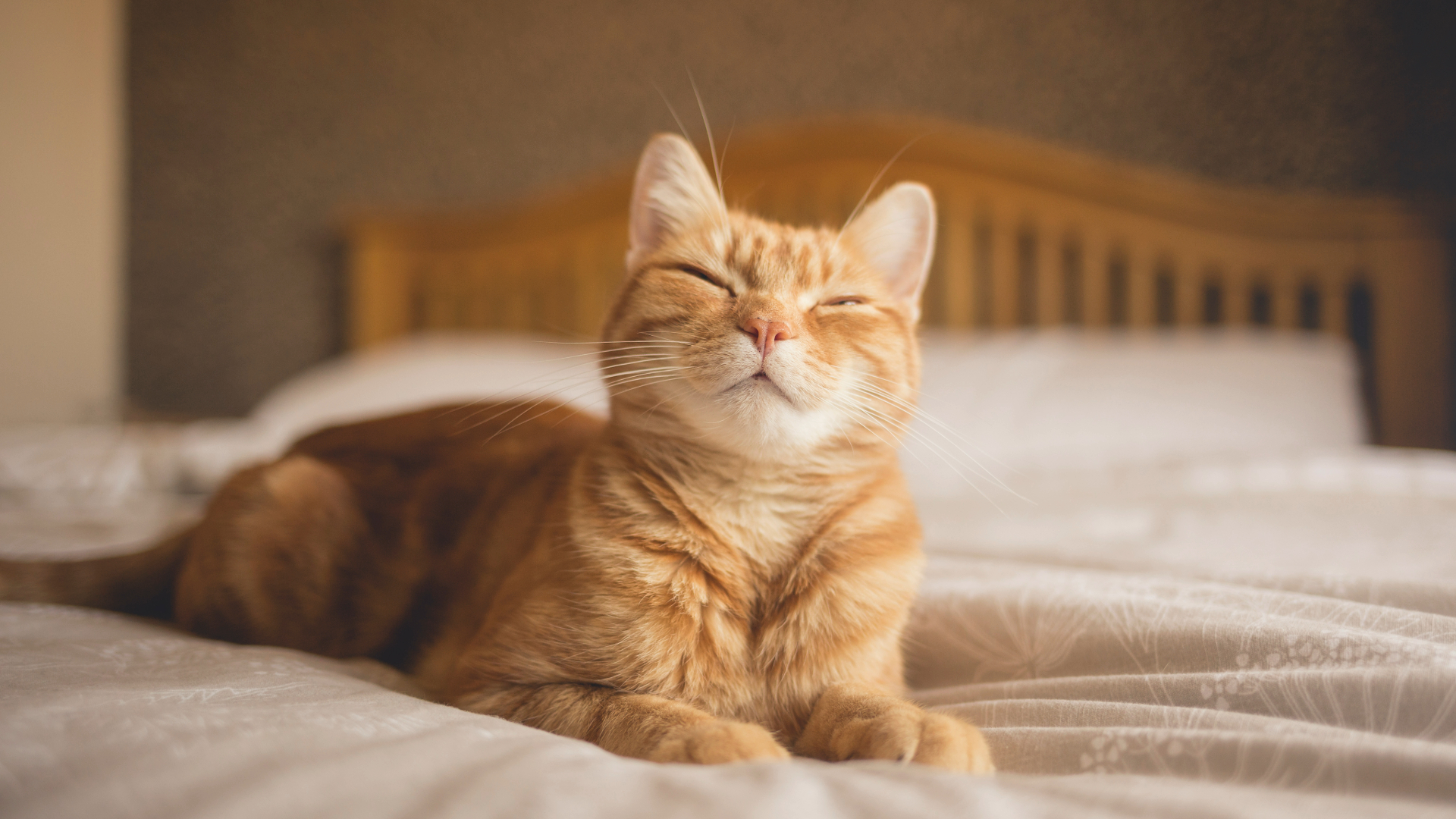
How do cats show they're happy?
As pet parents, there’s nothing more rewarding than knowing your cat is happy and that you’re doing a great job! We asked Dr. MacMillan to share the signs of a cheerful cat – here’s what she says to look out for:
1. Slow blinks
If you've ever wondered why cats blink, you'll be pleased to find out that it's a sign they're happy and trust you.
Dr. MacMillan says: "A content cat may also have narrowed, or nearly closed eyes. A cat feeling threatened would have their eyes wide open to keep an eye on the situation."
2. Seeking interaction and attention
Does your cat rub against you? If the answer is yes, Dr. MacMillan says they’re probably feeling happy and relaxed, wanting to greet you or show affection. They might also rub on furniture to distribute their pheromones, mark their territory, and engage in social interaction.
She says: "Not only will they be leaving their scent everywhere as they do this, but they will also be receiving the attention they desire from you. A happy cat will have a relaxed body and facial expression. They may be playful and greet you with an upright tail, often curled slightly over at the top."
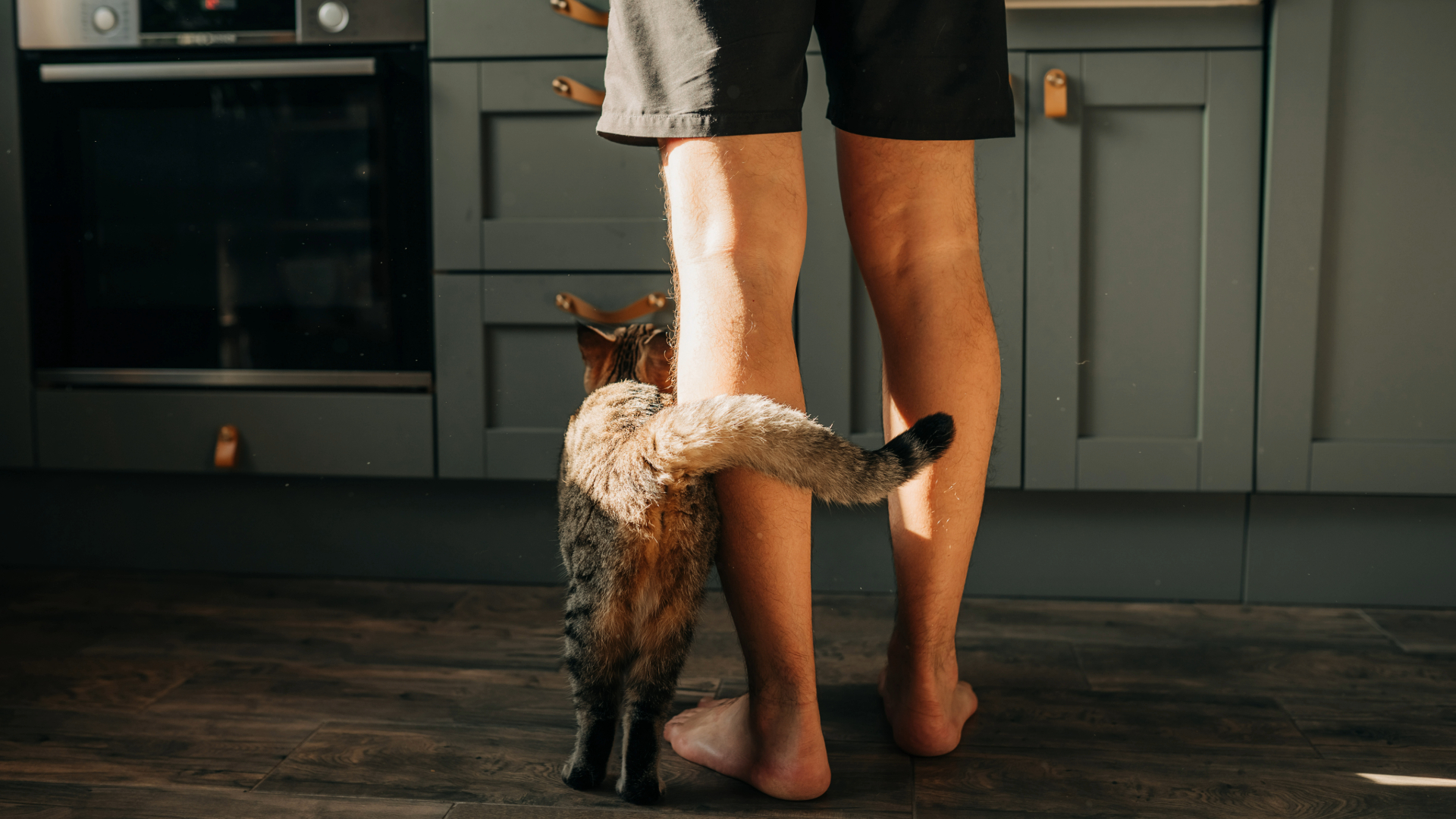
3. Kneading
If you’ve ever noticed your cat kneading into you or their bedding (a.k.a. making biscuits), this is a sure signal that they’re happy and enjoying themselves, says Dr. MacMillan.
She adds: "This kneading action is thought to originate from when they were kittens, pawing against their mother to encourage milk to let down during feeding. Your cat may knead you, their bedding, or even the air."
Cheshire and Wain Cat Cloud Bed
I don’t know about you, but my cats are the happiest when they’re kneading their paws into something soft and fluffy. This cozy, self-heated pet bed is a favorite of Nala’s – she absolutely loves digging her paws into it, which is so heartwarming to see. I use it as a topper on my bed, so we can enjoy cuddles together without her leaving malted hair all over my duvet.
4. Purring
This might go without saying, but purring is another indication that your cat is feeling good and is enjoying what you're doing. However, happiness isn't the only reason cats purr—it can also be a sign that they’re feeling anxious or stressed and are trying to self-soothe.
Dr. MacMillan says: "I hear many cats purring on my table during an examination, and not all of them are happy! So, check your cat’s body language and the situation."
5. Speaking to you
This might come as a surprise, but cats rarely meow to each other; they typically use other forms of cat communication, like tail movements, instead.
Dr. MacMillan says: "Cats rarely meow to each other, but many will ‘speak’ to their human owners. You may soon recognize when your cat is happy by hearing their bright, chirrup-like meow at feeding time or first thing in the morning."
You might also want to read our guide on how to be a good cat owner.
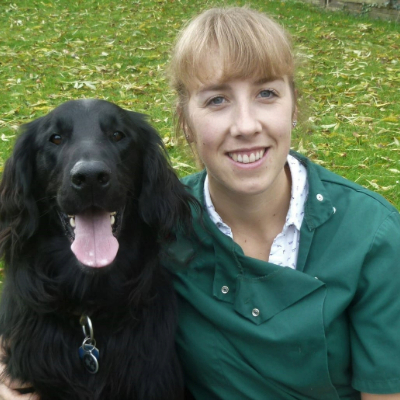
Rebecca is a veterinary surgeon who graduated in 2009 from the Royal Veterinary College in London. She has a wealth of experience in first opinion small animal practice, having done a mixture of day-to-day routine work, on-call emergency duties and managerial roles over the years. She enjoys medicine in particular and she is proud to have recently achieved a BSAVA postgraduate certificate in small animal medicine (with commendation). She writes on various feline and canine topics, including behavior, nutrition, and health. Outside of work and writing she enjoys walking her own dog, spending time with her young family and baking!
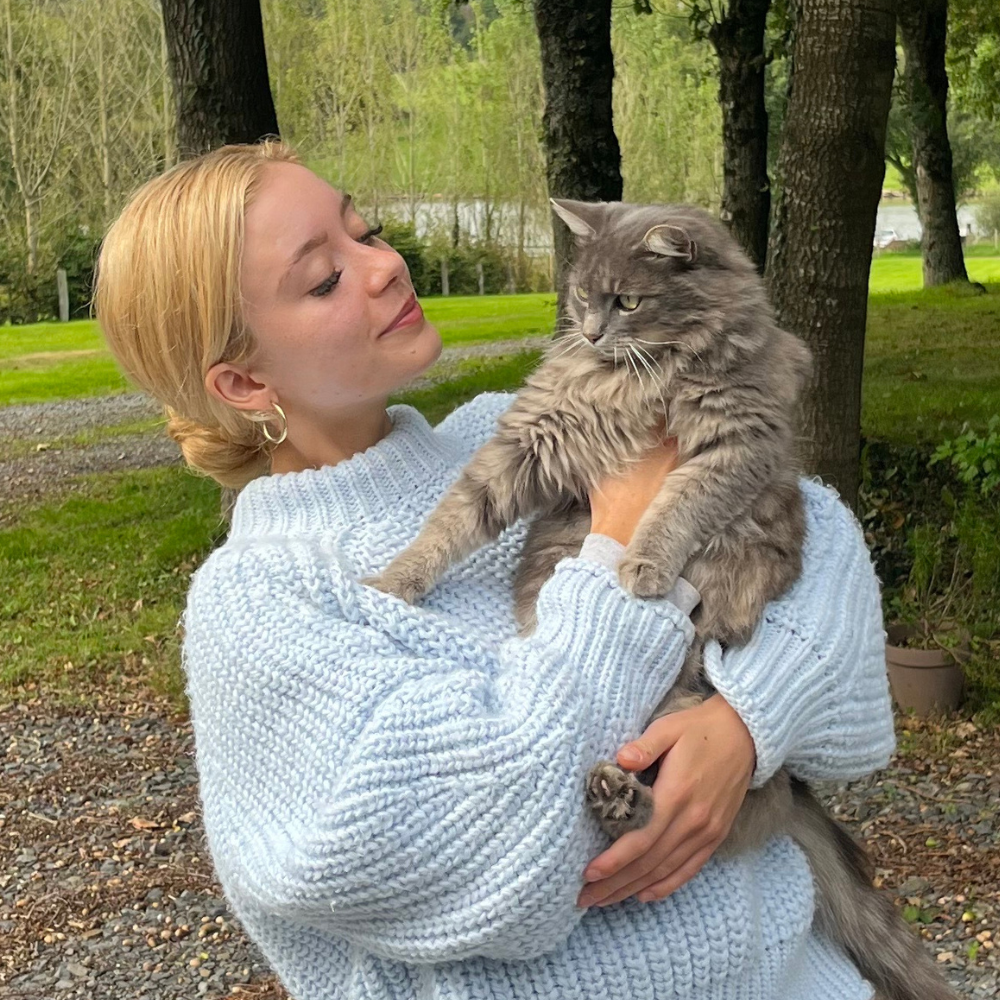
Megan is a Staff Writer at PetsRadar, covering features, reviews, deals, and buying guides. She has a wealth of experience caring for animals, having grown up with dogs, cats, horses, guinea pigs, and more throughout her life. She studied BA Journalism at the University of Westminster, where she specialized in lifestyle journalism and was editor of Smoke Radio’s lifestyle website. Megan works alongside qualified vets and accredited trainers to ensure you get the best advice possible. She is passionate about finding accurate and helpful answers to your pet-related questions.

